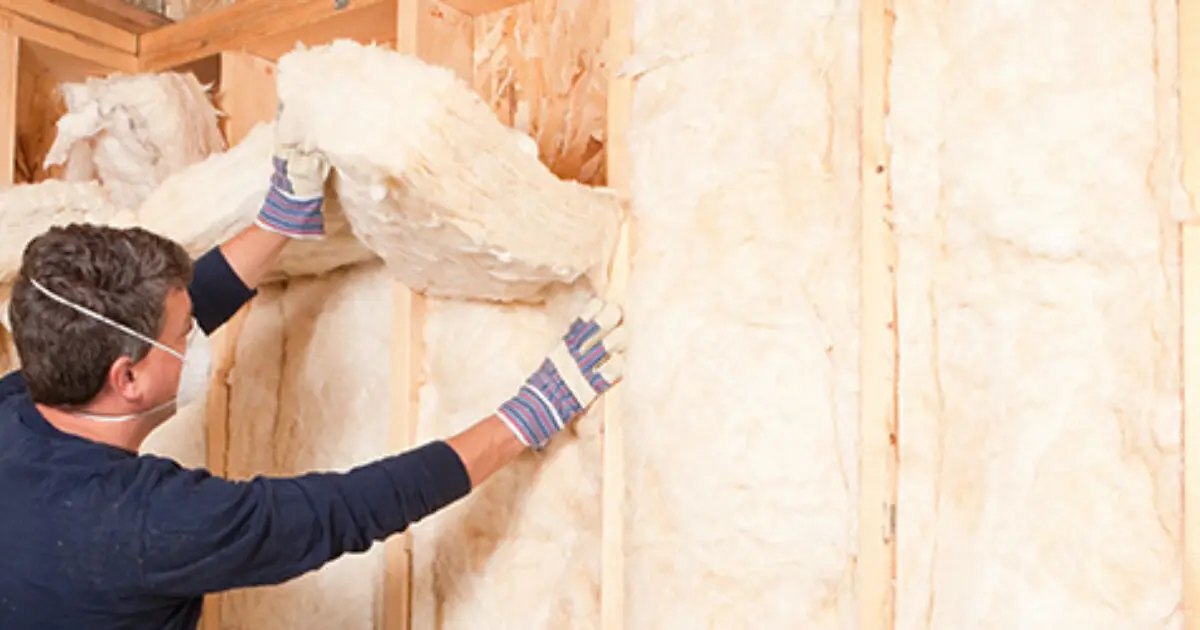Energy efficiency is not a new concern. It has been on the government’s agenda for decades, and for a number of reasons. For one, climate change has been a clear and present danger deserving of immediate attention for some time, with government intervention seeking to reduce the UK’s impact.
Much more recently, though, Russia’s invasion of Ukraine has had a large impact on the cost of natural gas – leading to wholesale rises in domestic energy bills. Efficiency measures are a fundamental route to saving money; but where should you begin?
Heating Systems
The biggest and most impactful change you can make in the name of energy efficiency involves addressing your properties heating system. There are many alternative heating systems on the market, some of which even come with government subsidy. You might think to forge ahead with cutting-edge air-source heat pumps, or return to tradition with modernised biomass boiler technology.
But the majority of homes in the UK are tooled for combi boilers – and investing in new heating systems, thus ripping out existing infrastructure, can be both costly and unsustainable. Thankfully, innovations in boiler design mean you could plump for a more efficient combi boiler that uses less gas to heat your home effectively.
Insulation
The next step in your energy efficiency journey relates to investment in passive solutions, as opposed to active ones. While the efficiency of your home’s heating system is the most immediate arbiter of your home’s energy efficiency, the rate at which heat is lost from your home is next in line.
According to the Energy Saving Trust, the most effective way to combat heat loss – in turn, impacting the amount you rely on heating systems to keep your home warm – is to insulate your walls. A third of your home’s heat is lost through the walls, rendering cavity insulation and well-insulated stud walls key to your energy efficiency endeavours.
Double Glazing
Double glazing exists as an addendum to your insulation efforts. Your windows are part and parcel of your walls, and in many cases the weakest spot in your home for heat loss. The vast majority of us already have double-glazed windows, which use vacuum cavities to prevent the radiation of heat through window panes. If you are in an older house, though, you may still have sash windows – and may have an opportunity on your hands.
Draught Proofing
Finally, we come to smaller interventions you might make that serve to further improve the overall energy efficiency of your home. By now, returns are somewhat diminishing – but if you do not have the budget for the above changes, these small suggestions can still make a big difference.
Draught proofing essentially involves closing off or otherwise impeding cold air flow both in and through the property. Draughts have some effect on home temperature, but more effectively impact the temperature ‘feel’ of a space – making you more likely to turn the heating on or up. You might use draught excluders or cushions at the foot of your front or living room door to reduce air flow across the ground; you might also re-caulk skirting boards and windowsills to reduce cold airflow from cavities.
